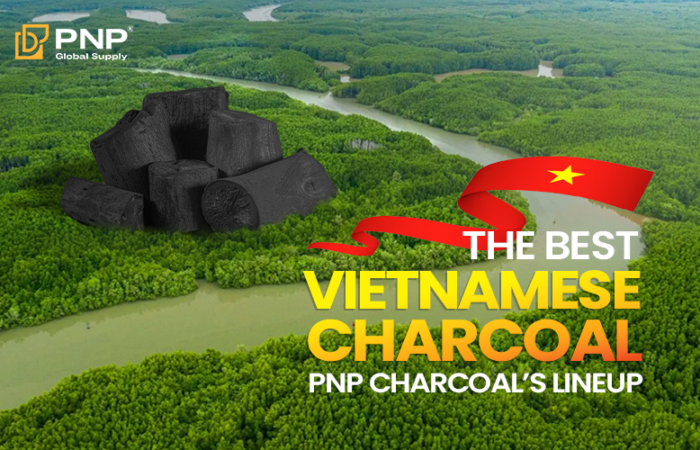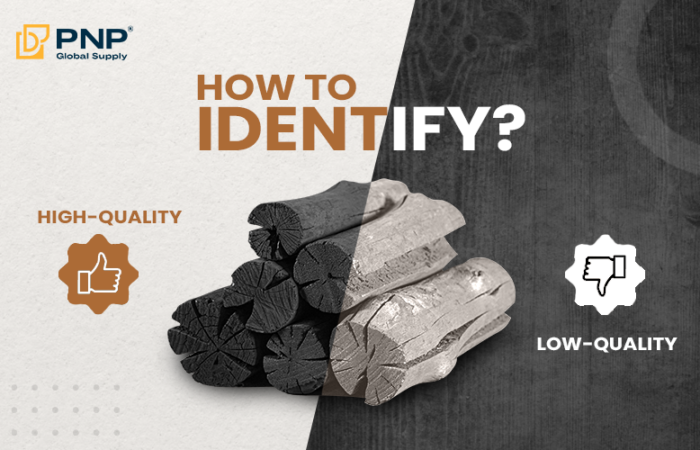Europe is one of the most demanding destinations for fuel‑grade commodities, and few products illustrate this better than charcoal. Strict customs inspections, a sophisticated retail landscape, and environmentally conscious consumers force exporters to look well beyond the kiln: the charcoal packaging itself must preserve product quality, comply with dozens of legal clauses, and reassure buyers that the brand is committed to sustainability. Done right, smart packaging not only keeps moisture, dust, and odor in check but also serves as a “silent salesman,” communicating performance, origin, and responsible sourcing in a single glance.
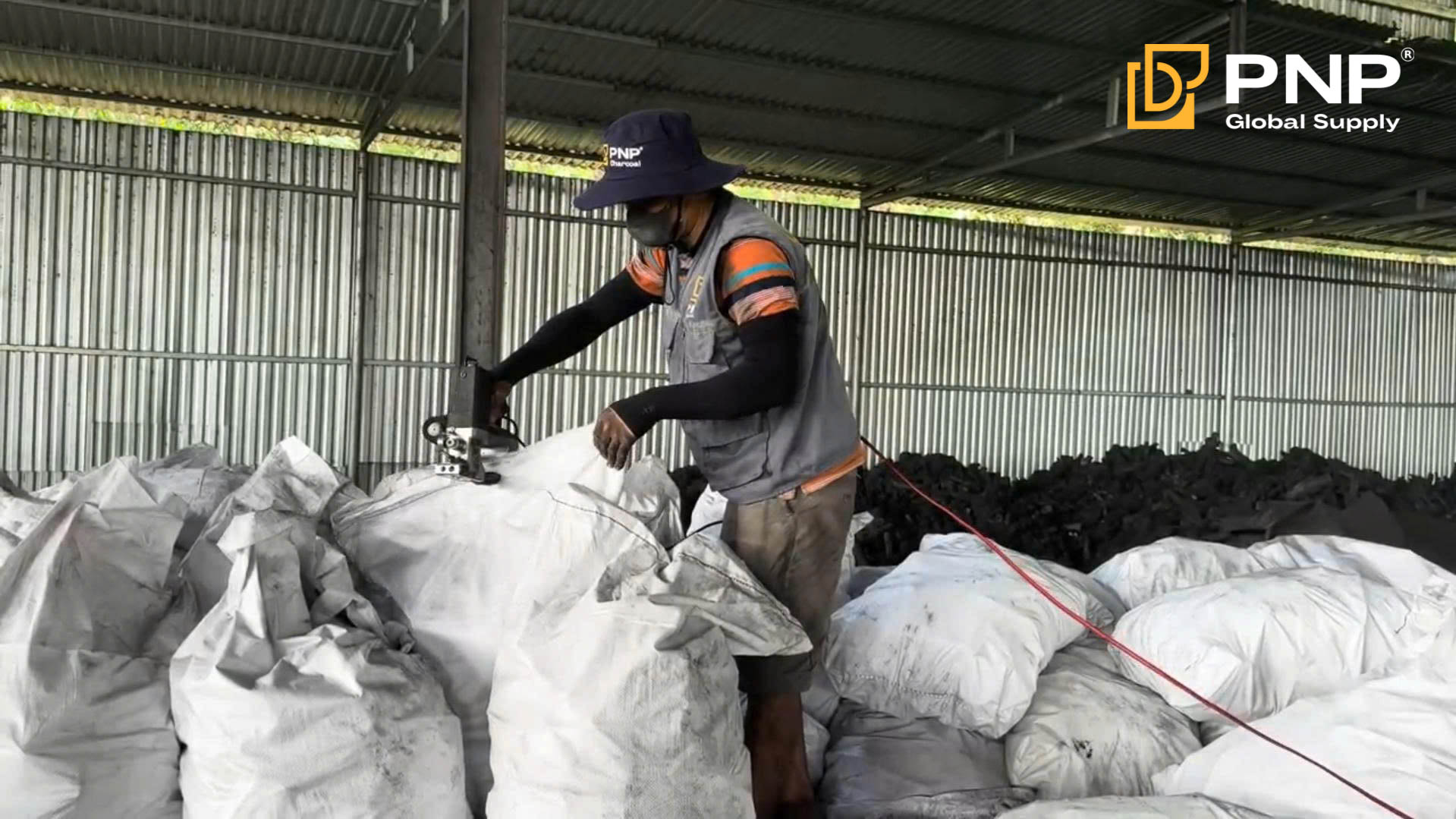
Why Packaging Standards Matter in the EU Market
Unlike many other regions, the European Union regulates packaging through a unified, binding legal framework. The newest centerpiece is Regulation (EU) 2025/40 on Packaging and Packaging Waste, adopted on 19 December 2024 and phased in from February 2025. Among other milestones, the regulation defines minimum durability for reusable packs, sets recyclability criteria for every material, and obliges importers to prove that any printed inks or laminations are non‑toxic and easily separable during recycling.
Failing to meet these thresholds can result in rejected consignments or costly relabeling in the arrival port. Even where national customs clear the goods, major retailers often impose their own “shelf‑ready” standards that mirror or exceed EU law. In short, without compliant charcoal packaging, a container that sailed flawlessly across oceans can be turned away at the warehouse door.
Common Charcoal Packaging Types Used for EU Export
The majority of barbecue charcoal on European shelves still arrives in traditional kraft paper sacks. A three‑ply kraft structure, optionally coupled with a thin polyethylene (PE) liner, delivers just enough tensile strength to survive palletization while protecting briquettes or lumps from humidity swings common between port warehouses and inland distribution hubs. Because kraft is rooted in wood fibre, it enjoys consumer goodwill and, when FSC‑certified, proves the brand’s commitment to managed forestry.
When exporters chase larger Horeca or industrial orders, laminated PP woven sacks remain a pragmatic alternative. Coated fabric—either white or offset‑printed—stops puncture risks from sharp charcoal edges and enables 10 kg and 15 kg formats to stack safely in three‑meter‑high columns. Meanwhile, premium or gift‑oriented lines increasingly turn to litho‑laminated cartons. A corrugated B‑flute core wrapped in glossy art paper conveys upscale cues, making these charcoal packages ideal for competition‑grade lump or white charcoal that commands double‑digit euro per kilo prices. All three formats qualify as charcoal packaging bags in customs declarations yet speak to different buyer personas and price points.
Standard Sizes and Weights for Charcoal Packaging
Stock‑keeping units in Europe are surprisingly standardized. Retailers in Germany, France, and the Netherlands favor 2 kg to 5 kg kraft bags because consumers can lift them with one hand and store them in small urban apartments. Southern markets, where households often grill for extended family gatherings, lean toward 10 kg sacks. Professional caterers or beach clubs usually request 15 kg PP woven sacks, enough for a shift without constant restocking. Regardless of nominal weight, packers must calibrate volumetric fill so that a sack sits upright without bulging; overfilled bags may tear along transport belts, while underfilled ones trigger fines for “short weight.” For full‑container‑load shipping, many Vietnamese producers also load bulk bags of 500 kg to 600 kg and repack in bonded EU warehouses to cut freight on air. Although jumbo formats are exempt from shelf labeling rules, their inner liners must still satisfy moisture‑barrier clauses of Regulation (EU) 2025/40.
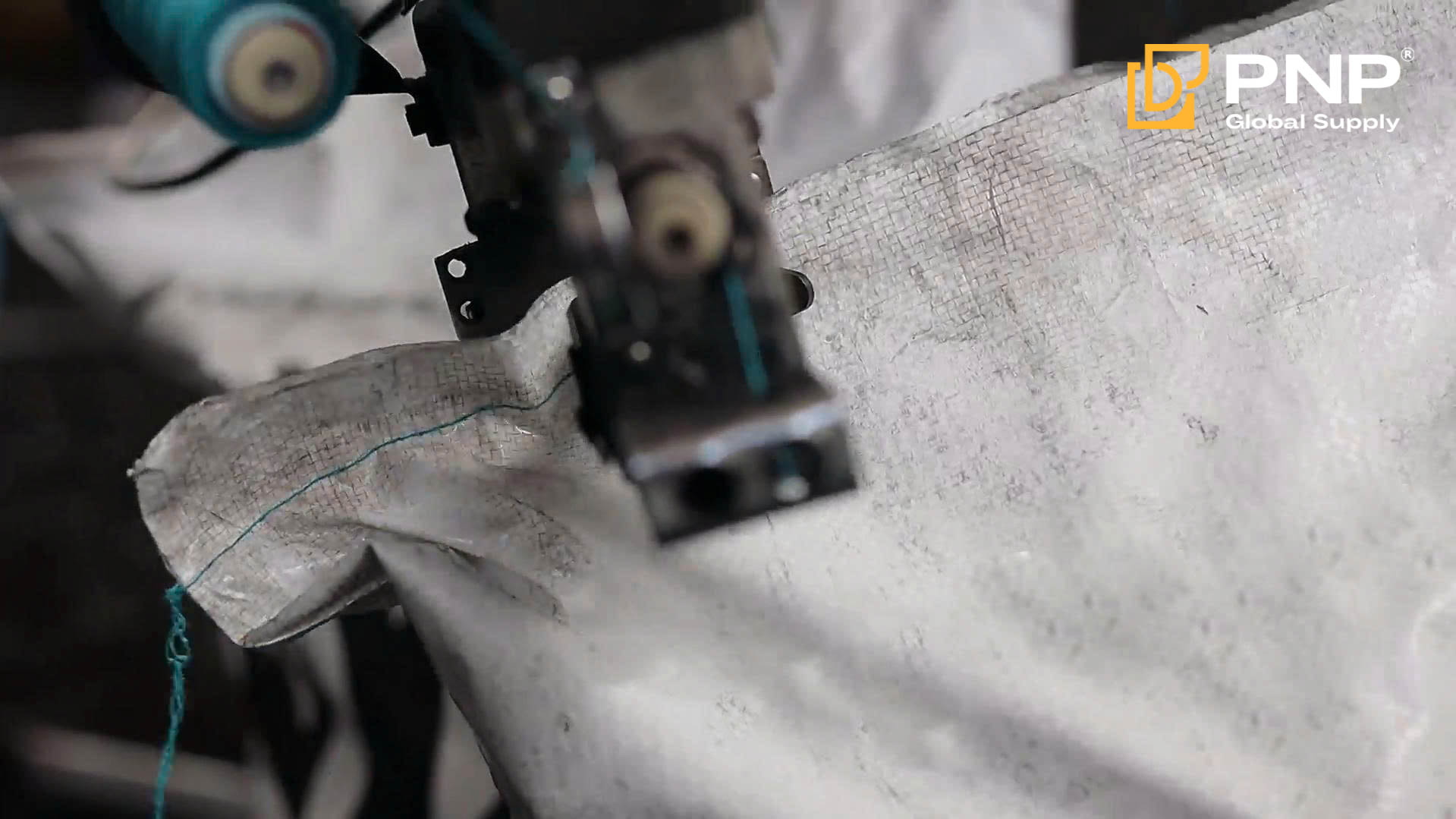
Labeling and Legal Requirements in the EU
Under Article 12 of the 2025 Regulation, every piece of packaging—retail or industrial—must carry visible, legible, and indelible information on material composition, weight, and reusability. Symbols must be at least 6 mm high on retail packs and 10 mm on larger sacks. Exporters should add the HS code 4402, the botanical species (for example Acacia mangium), and an origin declaration such as “Made in Việt Nam” directly on the charcoal packaging bags rather than on a removable sticker.
Health and safety warnings are equally crucial. Most EU countries follow EN 1860‑2, which demands a flame icon crossed by a kitchen fork and text instructing users never to light charcoal indoors. Markets such as France require translation into French even if English is also present. Failure to comply invites recalls and the dreaded RAPEX safety alert—a public notice that can tarnish a young brand overnight.
To learn more about packaging and labeling regulations for charcoal export, please read the following article: TOP 4 TYPES OF CHARCOAL PACKAGING FOR EXPORT
Environmental and Sustainability Considerations
The sustainability bar rises almost yearly. The European Green Deal’s circular‑economy roadmap seeks a 15 % cut in overall packaging waste by 2040 and mandates that every consumer pack be “recyclable by design” before 2030. For charcoal exporters, that translates into lighter grammage kraft where feasible, water‑based inks, and a proven end‑of‑life path—usually paper recycling streams.
Because charcoal originates in biomass, authorities and large retailers now look one step upstream: was the timber legally harvested? Obtaining FSC Chain‑of‑Custody certification for both the fuel and the paper sack closes that loop, assuring importers that no illegal deforestation taints the product. On the plastic side, EU policymakers have begun clamping down on multilayer films that cannot be separated; many chains already refuse polyethylene‑lined cartons unless the liner peels away cleanly. Brands unwilling to adapt face an ever‑shrinking shelf presence.
Practical Tips to Improve Charcoal Packaging for EU Export
Investing in design is the fastest way to boost perceived value. High‑contrast graphics that depict crackling embers or sizzling steaks instantly tell consumers what to expect. Adding a QR code connected to a landing page with grilling tutorials and kiln‑of‑origin photos satisfies the bloc’s transparency culture while quietly elevating Google ranking for charcoal packaging articles.
From a logistics viewpoint, sealing each valve sack with 2 cm ultrasonic stitching prevents fines dust from leaking across pallets and fogging up container holds. Pallets themselves should be heat‑treated and bear the IPPC “HT” stamp to pass ISPM 15 inspections at Hamburg or Rotterdam. Finally, align dimensions with the EUR‑pallet footprint (1200 × 800 mm) so eighteen pallets slot snugly into a 40‑ft container without dead space, cutting freight per tonne.
Sourcing Quality Packaging in Vietnam
Vietnam has matured into a regional center for kraft conversion and printing. Plants in Bình Dương and Đồng Nai routinely supply triple‑wall sacks to coffee and rice exporters, using European W&H sack lines that deliver ±1 mm registration accuracy—vital for aligning bilingual warnings. For woven PP, factories near Hải Phòng offer coated cloth at 55 gsm that resists UV degradation for at least six months, enough for a maritime voyage plus warehouse dwell time.
Forward‑thinking suppliers now integrate flexographic presses with solvent‑free lamination units, allowing charcoal exporters to consolidate all artwork and QC under one roof. Partnering early helps ensure that bag gussets match your filler’s spout width and that each batch ships with third‑party tensile‑strength certificates. While this may add a few cents per bag, the peace of mind when inspectors drill core samples in Antwerp is priceless.
PNP Charcoal is a trusted Vietnamese supplier of high-quality charcoal with packaging that complies with international export standards. Visit our website to learn more about our products and certifications: pnpcharcoal
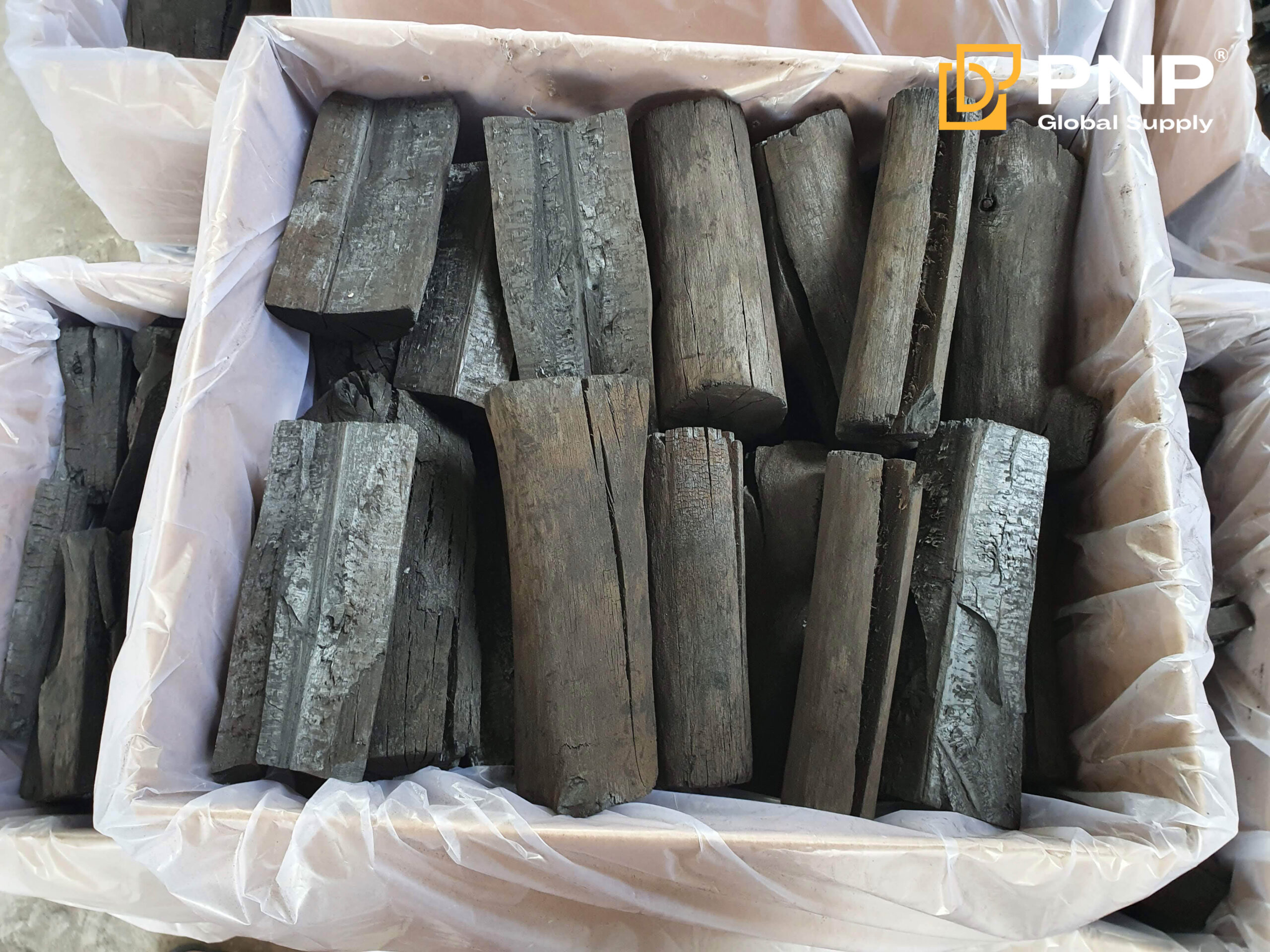
Conclusion
Packaging is no longer an afterthought; it is the passport that lets your product cross the EU border, sit proudly on retail end‑caps, and convince customers to light the grill with confidence. By embracing Regulation (EU) 2025/40, choosing sustainable materials, refining artwork, and partnering with competent Vietnamese converters, exporters transform ordinary sacks into high‑tech charcoal packages that lock in performance and build lasting brand equity. Treat your charcoal packaging as an investment—one that pays dividends each time a European shopper reaches for a bag, smells the clean hardwood aroma, and trusts that your brand has done everything right from forest to fireplace.
________________________________
Contact us for more information
Facebook: PNP Charcoal
Instagram: PNP Charcoal
Email: info@pnpglobalsupply.com

